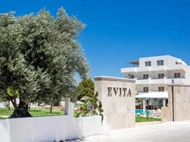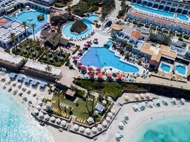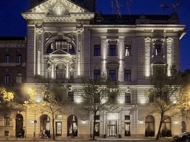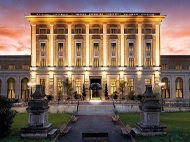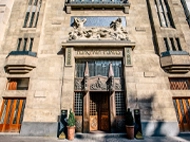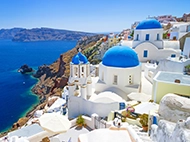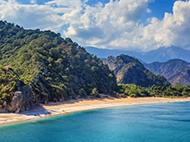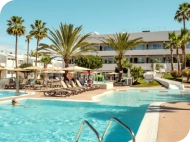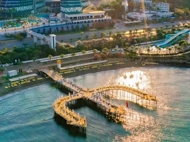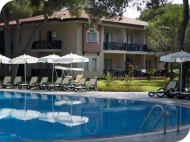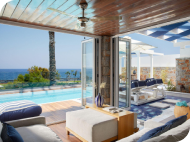
Great Mosque At Kairouan
In the city of Kairouan, you can discover the magnificent Great Mosque of Kairouan. This world-famous mosque is one of the most important in Tunisia and the holiest Islamic site anywhere in North Africa. Covering a huge 9,000 square metre area, it's an impressive sight. Everyone's welcome to take a tour around the expansive grounds and courtyard, and it's a great opportunity to learn all about its fascinating history, which stretches all the way back to 863 AD. You can team up a visit to the mosque with a look around the city of Kairouan itself.
It's existed since 670 AD, when it was established by some of the first Muslim Arabs to arrive in North Africa. Today, this place is the fourth holiest city for the Muslim faith, an important pilgrimage destination, and a UNESCO World Heritage Site.
Admire the architecture
Otherwise known as Sidi Oqba Mosque, the Great Mosque of Kairouan is an imposing structure, featuring typically simple Aghlabid design. Step inside the marble-paved courtyard, though, and it's a different story. You'll find yourself in an expansive space with an arched colonnade running all around the inner courtyard. It was originally designed to catch water so that not a single drop was wasted. Look closely and you'll see that the paving slopes gently towards an ornate central draining hole, which sends rainwater down to the 9th century cisterns below.
Over on the north-western side of the courtyard you'll see the square, three-tiered minaret (a slender tower with a balcony, where a muezzin calls Muslims to prayer). The lowest level dates back to 728 AD, and at its base you'll see two Roman slabs (one of which is upside down) featuring Latin inscriptions.
See the prayer hall
Make your way to the southern end of the courtyard to find the prayer hall. Non-Muslim's aren't actually allowed to enter the prayer hall, but you can look through the doors to see the space in all its glory. The studded wooden doors are huge, and the carved panels that sit above them are particularly intricate. These date all the way back to 1829. It's an impressive space, featuring 17 aisles supported by 414 ancient columns, and a host of geometric and floral motifs carved in fine marble.
The enormous pillars are originally Roman or Byzantine, and each of them is unique. They were actually brought here from Carthage and Hadrum ètum (Sousse), where they were salvaged after the fall of the cities. Over in the far end of the prayer hall are amazing tiles dating back to the 9th century. You'll need to look out for them as they're just behind the mihrab (which shows the direction of Mecca), sitting between two red marble columns. These tiles were brought here from Baghdad, as was the wood that adorns the minbar (the pulpit), which is an absolute masterpiece.
Look inside and you'll see rugs covering the entire floor of the prayer hall. These amazing pieces are crafted by local female artisans, who consider these their gift to Allah.
Can everyone visit?
Anyone can make the trip to the Great Mosque of Kairouan, regardless of your religion. It's worth noting, though, that non-Muslims aren't allowed to enter the prayer hall, but you can come and admire the breathtaking exterior architecture. The doors are also left wide open, so you can take a look at the magnificent interior for yourself.
Discover the best views
The Great Mosque of Kairouan is surrounded by the city's bustling Medina, along with many small stores. You can take a stroll around and soak up the atmosphere, and while you're there you can catch a glimpse of the mosque from a different angle. The rooftops of these shops have some of the best views, and if you buy something from them, you may be invited by the storekeeper to see them for yourself. If not, it's definitely worth asking if you can take a look.
How to get there
If you have an interest in culture, it's well worth the trip to see the Great Mosque of Kairouan. There's no train to the city of Kairouan, but you can easily take a bus or louage from major cities and towns in Tunisia. Bear in mind that visitors must dress appropriately; robes are available at the entrance. Everyone can enter through the main gate on Rue Okba Ibn Nafaa. There are another eight gates around the mosque, but they're closed to non-Muslims.
More Things To Do ideas
Find more Things To Do in Tunisia: Carthage Ruins | El Djem Amphi Theatre | Famous films sets in the Sahara | Medina of Tunis and Sousse

Best hotels in Tunisia
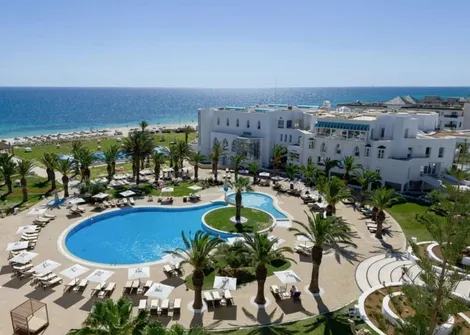
Iberostar Selection Kantaoui Bay
Tunisia, Sousse, Port El Kantaoui
3619 reviews
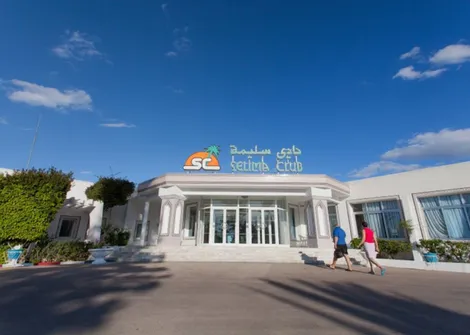
El Mouradi Club Selima
Tunisia, Sousse, Port El Kantaoui
785 reviews
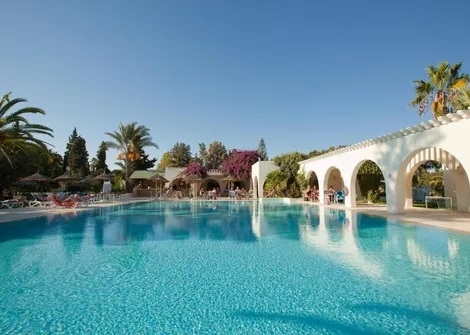
Seabel Alhambra Beach Golf and Spa
Tunisia, Sousse, Port El Kantaoui
2860 reviews
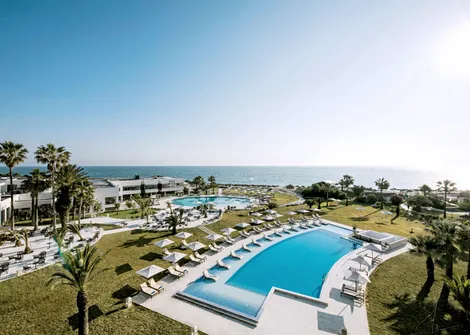
Iberostar Selection Diar el Andalous
Tunisia, Sousse, Port El Kantaoui
3784 reviews
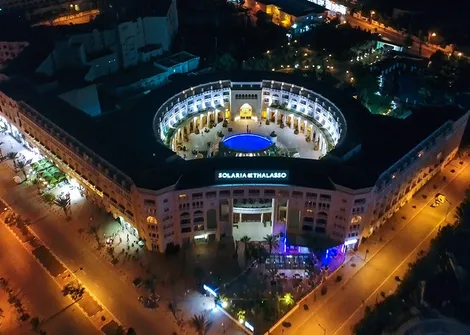
Medina Solaria & Thalasso Hotel
Tunisia, Hammamet, Yasmine Hammamet
4123 reviews
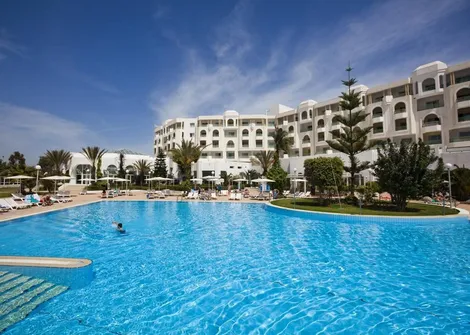
El Mouradi Hammamet
Tunisia, Hammamet, Yasmine Hammamet
1392 reviews
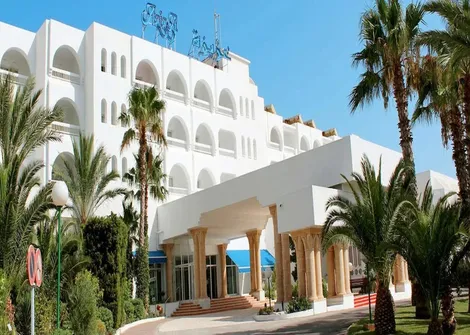
Hotel Aziza Thalasso Golf
Tunisia, Hammamet
1979 reviews
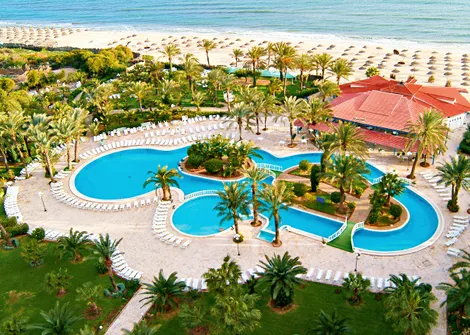
Riadh Palms
Tunisia, Sousse
4874 reviews
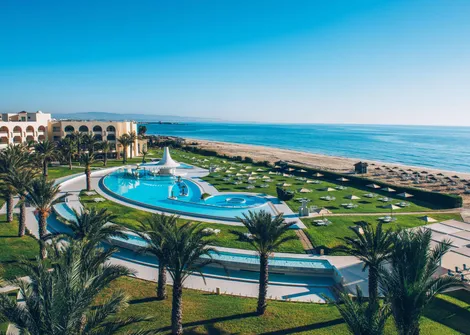
Iberostar Averroes
Tunisia, Hammamet, Yasmine Hammamet
4161 reviews
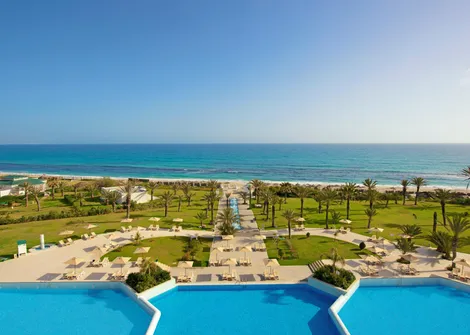
Iberostar Selection Royal El Mansour
Tunisia, Mahdia
6223 reviews
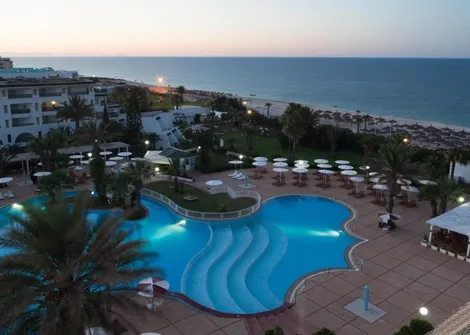
El Mouradi Palm Marina
Tunisia, Sousse, Port El Kantaoui
2552 reviews
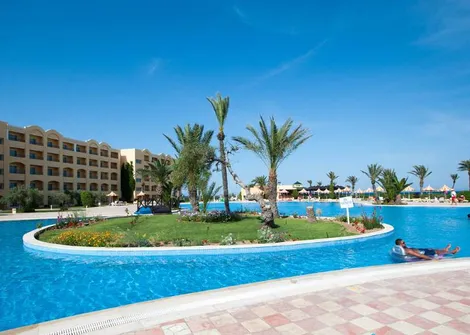
Nour Palace
Tunisia, Mahdia
2701 reviews
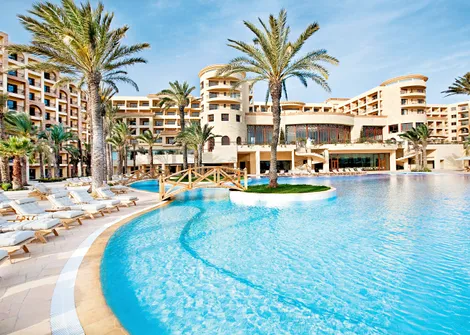
Movenpick Resort & Marine Spa Sousse
Tunisia, Sousse
4437 reviews
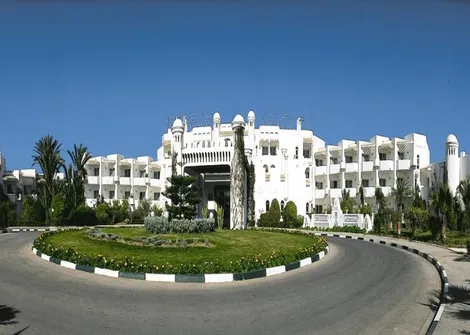
El Mouradi Skanes
Tunisia, Monastir, Skanes
1432 reviews
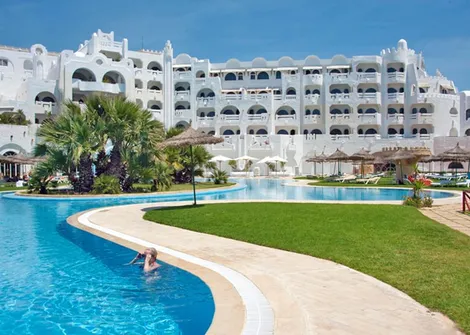
Lella Baya Hotel
Tunisia, Hammamet, Yasmine Hammamet
1732 reviews
